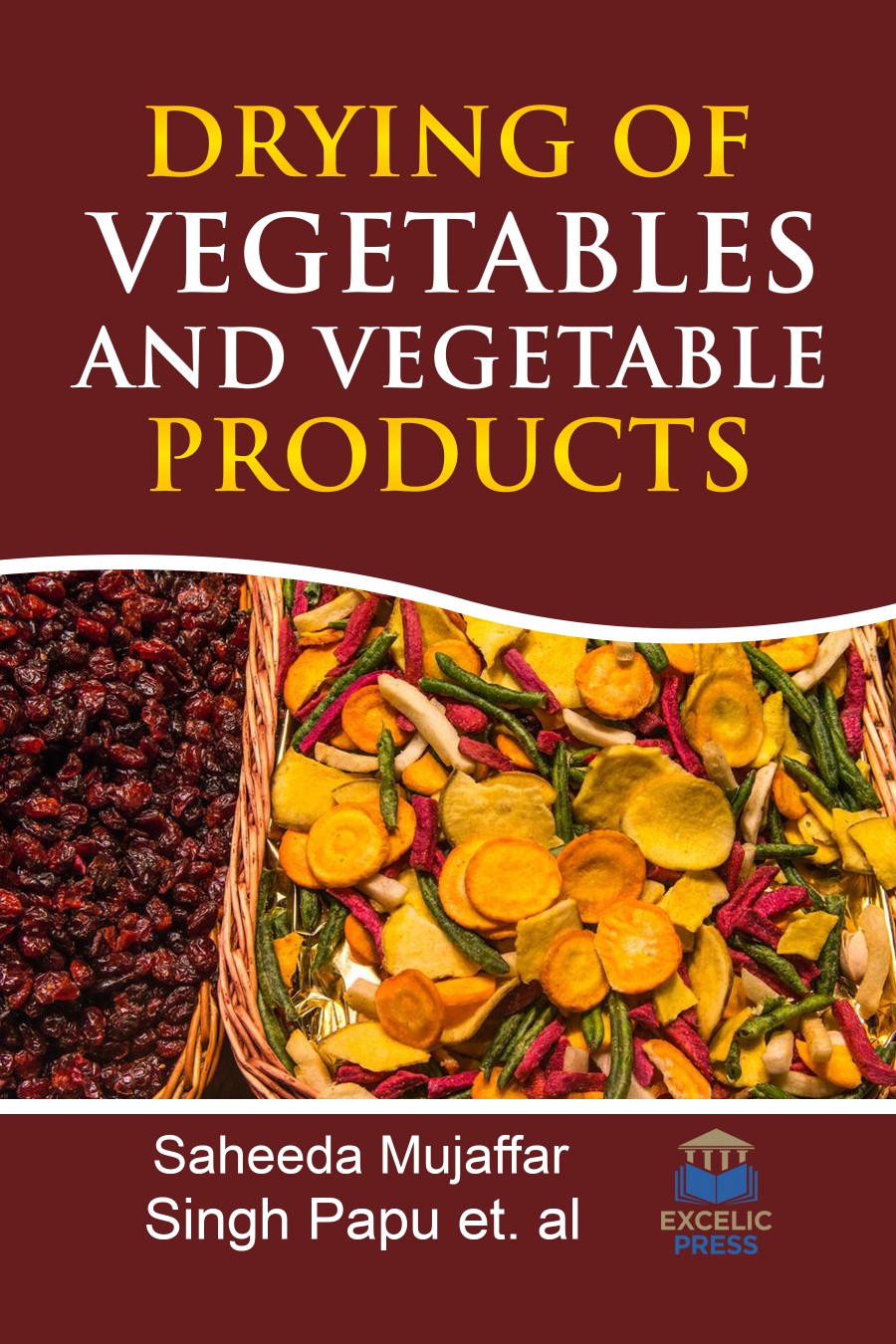Drying is one of the oldest methods of food preservation. Drying preserves foods by removing enough moisture from food to prevent decay and spoilage. Water content of properly dried food varies from 5 to 25 percent depending on the food. Drying removes the moisture from the food so bacteria, yeast and mold cannot grow and spoil the food. Drying also slows down the action of enzymes (naturally occurring substances which cause foods to ripen), but does not inactivate them. Because drying removes moisture, the food becomes smaller and lighter in weight. Foods can be dried in the sun, in an oven or in a food dehydrator by using the right combination of warm temperatures, low humidity and air current.
Advances in dehydration techniques and development of novel drying methods have in recent years enabled the preparation of a wide range of dehydrated products and convenience foods from fruits and vegetables meeting the quality, stability and functional requirements coupled with economy. This has been made possible by the sustained experimental studies over the years to understand the theoretical and fundamental aspects of the process and optimization of the techniques to achieve a favorable combination of cost and quality.
Drying of Vegetables and Vegetable Products reviews and highlights the developments in the dehydration of vegetables and their products during the last decade covering the theoretical aspects and practical applications with major emphasis on techniques that have received the maximum attention. It includes recent novel research examples in most chapters covering various drying technologies such as hot airflow drying, freeze drying, spray drying, solar drying, microwave drying, radio frequency drying, infrared radiation drying, ultrasound assisted drying, and smart drying.













